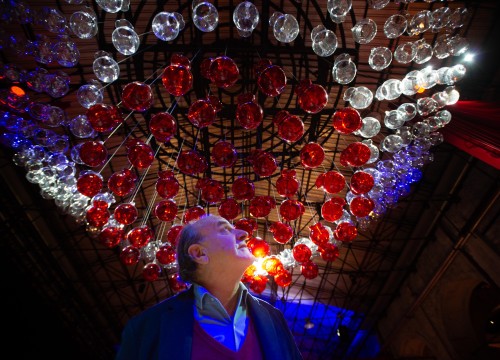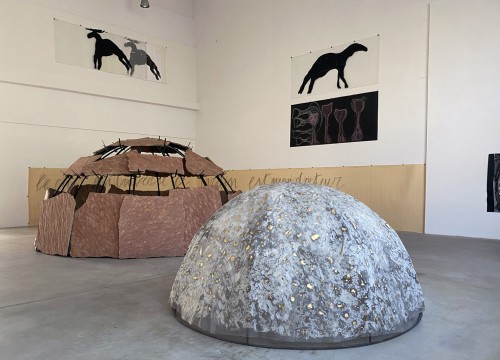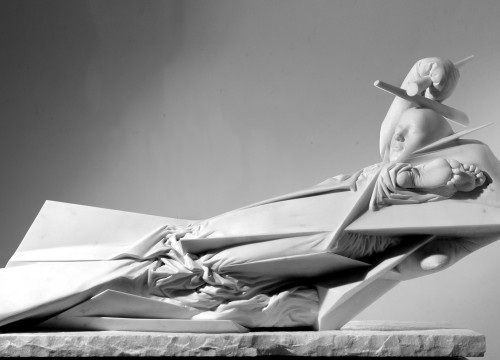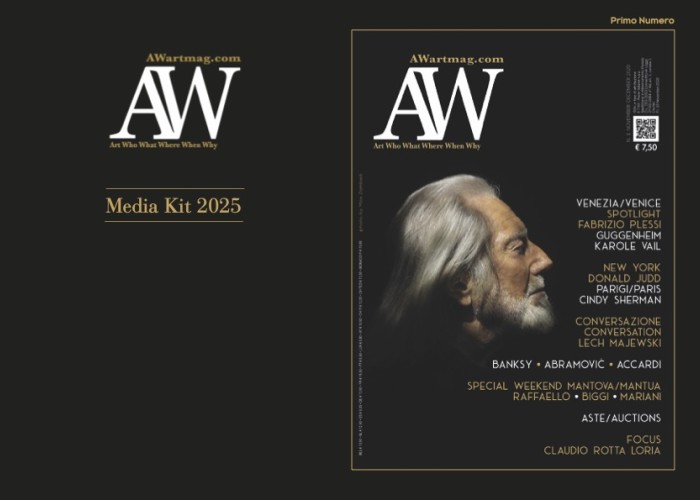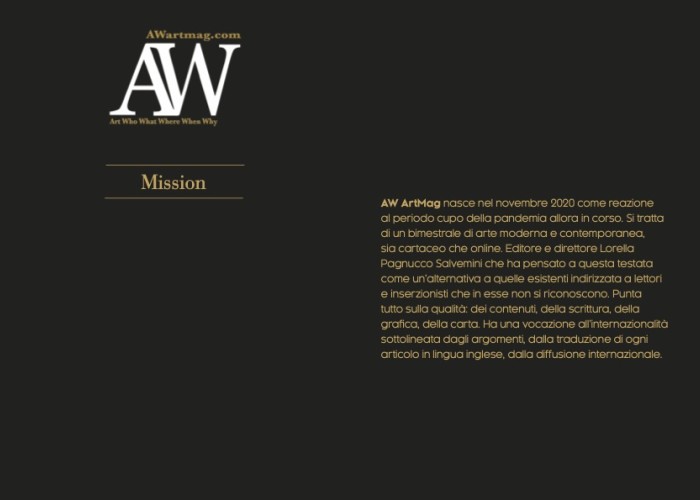His Clown Shouts, Tries to Make You Laugh without Succeeding, Scares You and Then It Becomes Pathetic
It’s hard to find an artist, in the postwar period, that can equal Bruce Nauman’s ability to turn any everyday item, any place, any object, into a vehicle for an artwork. We use the word “vehicle” and not “subject” because even though Nauman produced subjects that could be defined as artworks, these same contents seem to be the signs of a rarefaction of art, that is rather an event in the everyday reality we live in. Physically or virtually walking through Tate Modern’s rooms to visit the major retrospective dedicated to the artist (on view until the 21st of February 2021), means venturing into a maze. On its inside you will not find the traditional Minotaur, but a shouting clown, trying to make you laugh without succeeding, caught in its intimacy, that at first scares you and then it becomes pathetic. The exhibition traces Nauman’s career, starting from one of his bestknown artworks that he made at the turn of the millennium, Mapping the studio II (2001) that consists of some footage of his empty studio in New Mexico. Filmed at night for several weeks, mice and cats are the only presence in the room, tiny life signs that, thanks to changes in light, become unintentional witnesses of the passing of time. Afterwards, beside the already mentioned Clown Torture (1987), the visitor will be able to get in touch with the most iconic artworks of Nauman’s artistic career, like the popular neon works made in the ‘70s.
Walking down Tate Modern's exhibition rooms is like venturing into a maze
They are strangely considered among the most conceptual works the artist ever made but, if we use the word “conceptual” referring to a specific significance or layer of meaning, Nauman is one of the less conceptual artists that ever existed. As evidenced by the glowing neon spirals made of words, phrases and palindromes that trigger game lights and gaps between tiny significant particles, it would be better to define Nauman as an analytical artist, more inclined to explore the link that ties the different parts to the whole. It’s true that works like Double Steel Cage Piece (1974), a cage that contains another cage, that contains nothing, clearly show the influence of minimalism. But still, are we so sure that minimalism was to be considered a conceptual art form? Works like Going around the corner (1970) rather seem to reconfirm Nauman’s ability to span any space or trend and mutate his vision in order to show us a perfectly orchestrated jumble of visions that, after a moment, disappears, changes its shape and disguises itself. Like a clown. A clown that laughs, suffers and lives. Just like the rest of us.
Bruce Nauman
Tate Modern
London
Curated by
Andrea Lissoni
Nicholas Serota
Leontine Coelewij
Martijn van Nieuwenhuyzen
Until 21/02










